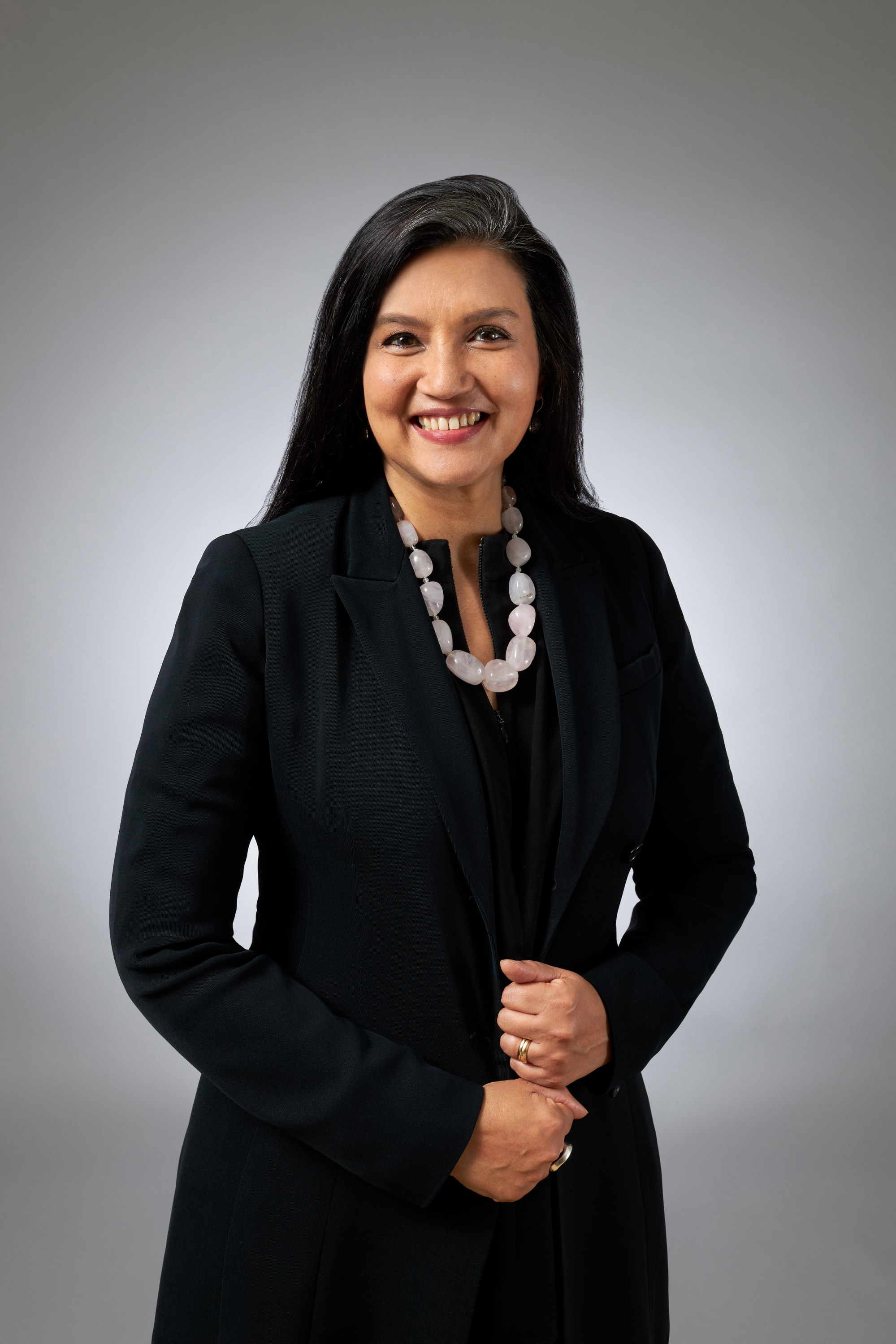Hong Kong’s take on MoMA? M+ museum, six months on – the city’s only global visual culture hub might have taken Covid-19 knocks, but presents a unique art destination for local visitors

These numbers, for Doryun Chong, deputy director, curatorial, and chief curator, is affirmation of the impact made.
“Essentially, 99.9 per cent of visitors have been Hong Kong residents, who immediately embraced the institution,” he said. “In Hong Kong they have never seen anything like it, and those visitors who have been to other major metropolitan museums, like London’s Tate Modern, or New York’s MoMA (Museum of Modern Art), are proud that their home city has a museum of the same calibre.”
Art Basel Hong Kong 2022: everything you need to know

In addition, Chong said that the opening represents “a whole new arts and culture ecology, that has grown exponentially, in a very rich way”.
This is a viewpoint shared by museum director Suhanya Raffel: “M+ has added substantially to Hong Kong’s arts and cultural ecology. We are one voice of many, but we are a very substantial voice. For the first time in Hong Kong, we have a global museum. It is about taking Hong Kong to the international world and bringing the rest of the world into Hong Kong. It’s a very important role that we play in terms of the positioning.”
That M+ is unique in Hong Kong is also of significance, stemming from the fact that it is a museum of visual culture, representing a variety of art forms under one roof, including art, design, architecture and moving image. “There is no institution like this in Asia,” Raffel said.

Playing such a significant role is something that the team takes very seriously.
“Our curators across the exhibitions, collections and learning spaces are all scholars, specialists and leaders in their own right in that space,” Raffel said. The diversity of the team is also of note, with 27 nationalities represented.
Also playing a significant role is the diverse selection on display throughout the museum.
How are Hollywood celebrities getting in on the NFT craze?
“We thought of the expectations of us and the mission we had, which is to provide a broad and diverse baseline and foundation for understanding the area we cover, for both the public and peers, which is visual culture of the 20th and 21st centuries,” said Chong.
This, he said, ties into how it is influencing the community.
“Unlike smaller arts organisations or galleries that have to change what is exhibited more often, we can keep things longer due to our scale. Meaning that visitors can return again and again, and see the same thing and think differently of it, and also discover new things.”

M+ also gives visitors an opportunity to see works that have been rarely seen. One example of this, said Chong, is Marcel Duchamp’s La Boîte-en-valise (Box in a Suitcase).
“Duchamp is considered the father of conceptual art, and an artist who challenged the notion of what is art,” he added.
The travelling mini museum features replicas of noted artworks Duchamp created during his life and is itself considered one of his most important pieces. “Any artist, or serious culture maker, whether consciously or not, has been influenced by this artist or his legacy, but I don’t think that many people have had a chance to see this particular work until now. I am sure artists, curators, designers, and creatives that have seen it have been hugely impacted by it,” Chong explained.
How are NFTs changing the art world? From new platforms to famous buyers
Chong also highlights the exhibition of works from Nalini Malani, internationally recognised as a pioneer in moving image. Its significance is connected to the digital age in which we live.
He added: “I think many people, especially the younger generations, may not realise that the moving images we are so used to in this age of digital saturation have such genealogy. Viewing these works, which date back to 1969, will make visitors and younger moving image makers aware that the latest trends are built on history.”

The museum also proudly goes beyond the physical. “We are more than a museum building. The online aspect is as important as the physical experiences, and so far we have had an online engagement of over five million,” Raffel said.
Both Chong and Raffel believe that M+ has only just begun what will be a long legacy of redefining the city’s arts and culture scene. “It’s a tangible legacy project. We are nurturing future artists, architects, designers, collectors, teachers, museum-goers, and museum professionals,” Raffel said.
Meet the reality TV winner leading Rosewood Hong Kong’s steakhouse into a new era
Chong added: “I always credit and acknowledge our field at large, our colleagues and all our peers that are working together to build this new ecology. All are contributing to making Hong Kong a true arts and culture hub. I am really confident that with our opening, and the efforts of all others, we should all be very proud of an impact that will start radiating out and reverberating to the rest of Asia and beyond.”

- M+ shows rarely seen pieces like Marcel Duchamp’s La Boîte-en-valise and the works of moving image pioneer Nalini Malani – but has only been truly open for 11 weeks due to restrictions
- Few international tourists visited the West Kowloon Cultural District site, but locals have enjoyed the museum, which has been likened to London’s Tate Modern and New York’s MoMA